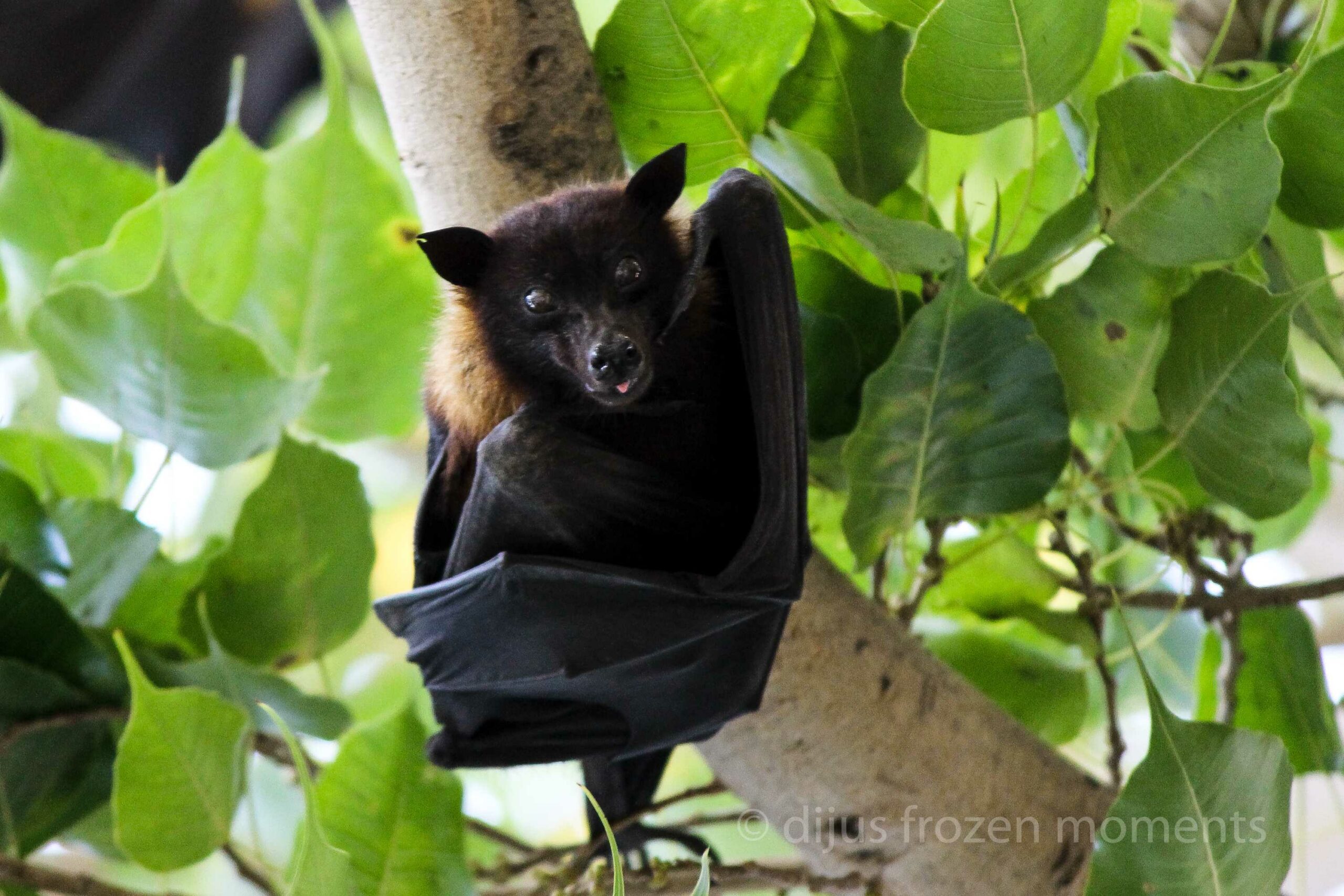An ICMR team had recently conducted a visit to the Nipah-affected areas in Kozhikode and gathered bat samples for testing.

Across Kerala, bats are targeted due to Nipah scare. (Mini Anto Thettayil)
The Indian Council of Medical Research (ICMR) has verified the existence of Nipah antibodies in 12 bat samples from Maruthonkara in the northern Kozhikode district. This discovery provides the Kerala government with insights into the source of the virus that claimed two lives in the district last month.
Announcing this at Wayanad, Health Minister Veena George, on Wednesday, 18 October, told the media that she has received an email from ICMR confirming this.
She said, “The presence of the antibody confirmed that the bats were the source of the Nipah outbreak in Kozhikode.”
The ICMR’s team visited Kozhikode in September after two deaths were reported in the district due to the Nipah virus. Six individuals from the district were confirmed to have contracted the virus.
The team had collected bat samples with the help of experts from the Animal Husbandry Department.
When the first case was reported, the Kerala Health Department sprung into action and took control of the situation with effective and timely intervention. However, though the spread of the infection was controlled, ICMR could not provide a clear answer as to why Nipah cases were being reported specifically from northern Kozhikode.
Samples of 36 bats collected in September were sent for testing, but no antibodies were identified.
Subsequently, the ICMR came forward and the route map of the first infected person was made with the help of the police and samples of bats from those sites were collected and sent for testing.
The Kerala Health Department and the ICMR, who were looking for the source of the Nipah virus in this district, found the index case.
It was a 47-year-old from the Maruthonkara panchayat who died on 30 August, who was engaged in farming and had family-owned plantations that had areca nut, banana, and other fruit trees.
The farm land, located about 100 metres from his house, had bats always hanging from the trees there. Fruit bats are considered the natural carriers of the Nipah virus, which spreads through contact via body fluids of infected animals.
Initially, when examined, no antibodies were found in the bats in that area. However, when a second sample collection was done recently, other bats in the area tested positive for Nipah antibodies.
According to researchers, finding antibodies in bats that carry the Nipah virus could help scientists monitor the prevalence of these viruses in the bat populations. This is crucial for understanding the potential risk of zoonotic spillover, where viruses can jump from bats to humans.
Also, finding bat antibodies can lead to the discovery of new strains that may not have been previously identified. This can help in early detection and tracking of emerging infectious diseases.
“The finding of Nipah antibodies in bats tells us that the infection is commonly present in bats, specifically those captured from the region of outbreak in Kerala. Unlike in human beings, the infection did not harm or kill the bats, as they were obviously alive at the time of capture,” Dr Rajeev Jayadevan, Member, Public Health Advisory Panel, Kerala State IMA, told South First.
He added, “Similar results were reported previously from several states in India. What we do not know is the exact mechanism of spillover of this virus into the first patient in each outbreak. Note that the subsequent patients get the infection by close contact with the first patient and not directly from the bat.”
This finding will also help researchers get insights into how bats interact with the Nipah virus and carry it without showing symptoms. This understanding is crucial for identifying the dynamics of viral transmission and the factors that influence spillover events. It will also help in vaccine developments.
Meanwhile, identifying regions where bats carry the Nipah virus can help ensure that public health measures are implemented to reduce the risk of human exposure. This may involve restricting contact between bats an humans.
In all, six people tested positive for the virus in zoonotic disease-prone Kozhikode district in the month of September 2023.
While two died, the other four have now been declared free of the disease — indicating a fatality rate of 33 percent compared to the 90+ percent seen in the past two outbreaks — in 2018 and 2021 — that involved fatalities. An outbreak in 2019 did not cause any deaths.
Along with the Maruthonkara resident who died of Nipah on 30 August, a native of Vatakara town also died of similar symptoms at a private hospital on 11 September.
The National Institute of Virology (NIV), Pune, confirmed both cases as Nipah the next day.
Kerala Chief Minister Pinarayi Vijayan had lauded the efforts of the health workers and the ministerial team including George, and other local associations for working together to fight the outbreak.
He declared that those who were diagnosed with the infection and were under treatment have been cured.
“We were able to develop an extensive system in place to fight the outbreak with the help of public health systems, local institutions, and communities, at the very early stages of the suspected Nipah outbreak,” Vijayan said in a Facebook post.
The chief minister said the experience Kerala gained after the outbreak in 2018 also came in handy in strengthening the precautionary steps taken by the government.
“Isolation and surveillance of all those who came in contact with the patients helped in reducing the severity of the outbreak,” he said, adding that it was a matter of pride that the entire state stood together to fight an epidemic like Nipah.
(With PTI inputs)

May 18, 2024

May 18, 2024

May 18, 2024

May 18, 2024

May 18, 2024

May 18, 2024